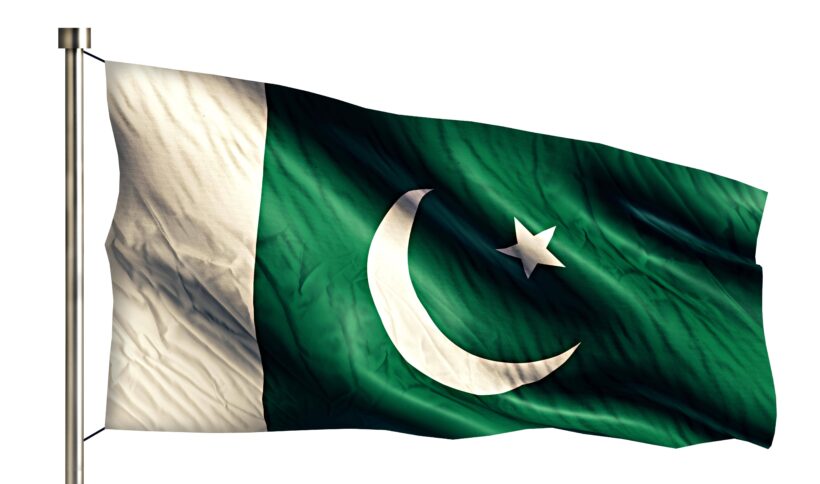In 1947, Pakistan became a new country. It was a big moment, but it wasn’t easy. When Pakistan was created, there was a lot of fighting and many people had to leave their homes and move to India or Pakistan. It was a tough time.
In the beginning, Pakistan had many problems. The country had to bring different regions together and create a sense of being one nation. There was also a lot of political instability, which means that the leaders of the country changed a lot.
Economically, Pakistan didn’t have much to start with. Most people were farmers, and the country needed to build industries. There were also issues with money and trade with other countries.
Security was another big concern. Pakistan had disputes with its neighbors and had to deal with conflicts. Inside the country, there were security problems too.
Despite these challenges, Pakistan has come a long way. In this article, we’ll talk about the initial problems of Pakistan and how it overcame them.
Socio-Political Challenges
- Communal Tensions and Mass Migrations
When Pakistan came into being, it was a time of great tension and upheaval. People from different religious backgrounds, particularly Hindus and Muslims, were living together in British India. The decision to divide the country into India and Pakistan was based on religion, and it led to communal tensions. This situation resulted in one of the largest mass migrations in history. Millions of people had to leave their homes and move to new countries based on their religious beliefs. This process was incredibly difficult and painful. Many lives were lost, and countless families were separated. The violence and displacement during this period had a profound impact on the region’s history and the people who lived through it.
- Integration of Diverse Regions
Pakistan was not a single, homogenous region but a diverse land with various cultural, linguistic, and ethnic backgrounds. Bringing these different regions together and fostering a sense of national unity was a formidable challenge.
The country was composed of West Pakistan (present-day Pakistan) and East Pakistan (present-day Bangladesh) separated by a thousand miles of Indian territory. The geographical and cultural differences between these regions made it essential to work on unifying them under the banner of one nation. The process of integration was complex and required careful handling.
- Political Instability and Leadership Challenges
Early Pakistan faced political instability, with frequent changes in leadership. This made it difficult to establish a stable government and effectively address the nation’s problems. The first few years after independence saw various leaders taking the helm, each with their own vision and strategies.
The constant shifts in leadership created a sense of uncertainty and made it challenging to implement long-term policies for the country’s development. These leadership challenges added to the complexity of addressing the pressing socio-political issues Pakistan faced during its early years as an independent nation.
In the subsequent sections of this article, we will delve into the economic struggles and security concerns that further shaped Pakistan’s path in the aftermath of its independence.
Economic Struggles
- Scarcity of Resources and Economic Infrastructure
When Pakistan emerged as an independent nation in 1947, it faced the daunting challenge of scarce resources and inadequate economic infrastructure. The country began its journey with limited financial and industrial resources.
The absence of well-established economic foundations made the task of building a sustainable economy all the more challenging. To overcome this, Pakistan needed to invest in infrastructure development, such as transportation, communication, and energy networks. Additionally, it had to encourage investment in key sectors to spur economic growth and stability.
- Agrarian Economy and the Need for Industrialization
The economy of early Pakistan was heavily reliant on agriculture. While agriculture was an important sector, it was vital to diversify the economic base. The nation needed to shift from a predominantly agrarian economy to an industrial one to fuel progress and reduce dependence on a single sector.
This shift required planning, investments, and policies aimed at promoting industrialization and the development of manufacturing industries. Initiatives to improve agricultural practices, infrastructure, and land reforms were also necessary to boost productivity.
- Trade and Financial Difficulties
Pakistan faced trade and financial challenges in its early years. Establishing trade relationships and navigating the complexities of international commerce was essential for economic growth. It was crucial to secure favorable trade agreements with other countries to facilitate the export of goods and bolster the economy.
Maintaining a stable financial system was another priority. Managing the currency, regulating banks, and controlling inflation were critical tasks. Sound fiscal policies and effective management of the financial sector were key elements in addressing the nation’s economic struggles.
In the years that followed, Pakistan made significant strides in economic development. Policies were put in place to stimulate industrial growth, and the nation began to make its mark on the global economic stage. The challenges of the early years laid the foundation for Pakistan’s ongoing journey toward economic prosperity.
Security Concerns
After gaining independence in 1947, Pakistan faced significant security concerns that shaped its early years as a nation. These challenges encompassed border disputes, internal conflicts, and the imperative to establish a strong defense apparatus.
- Border Disputes and Conflicts with Neighboring Countries
Pakistan’s initial years were marked by border disputes and conflicts with neighboring countries, particularly India. The Kashmir conflict, which started soon after independence, became a longstanding issue, causing tensions and hostilities between the two nations. Addressing border disputes required diplomatic efforts and often strained Pakistan’s resources and attention.
For more information on the Kashmir conflict, you can visit this link.
- Militancy and Law and Order Issues
Internally, Pakistan grappled with security challenges related to militancy and law and order. In the northwestern regions of the country, insurgent groups posed a threat to stability and security. These challenges required a concerted effort from the government and security forces to maintain law and order.
- The Need to Establish a Strong Defense Apparatus
Ensuring national security was a top priority for Pakistan. The nation recognized the need to establish a strong defense apparatus to safeguard its sovereignty and protect its citizens. Building a robust military and defense infrastructure became a cornerstone of Pakistan’s security strategy.
To learn more about Pakistan’s defense and security measures, you can refer to this source.
Pakistan’s security concerns were complex and multifaceted, requiring continuous efforts to maintain peace and stability. Over the years, the nation has made significant investments in its defense capabilities and has sought to strengthen diplomatic ties with its neighbors to address these security challenges effectively.
Conclusion
In conclusion, Pakistan’s early years after gaining independence in 1947 were fraught with challenges. These challenges included communal tensions, economic struggles, and security concerns. Pakistan’s journey from those tumultuous beginnings to the vibrant nation it is today is a testament to its resilience and determination. Understanding these initial hurdles is crucial to appreciating the progress made over the years.






1 comment